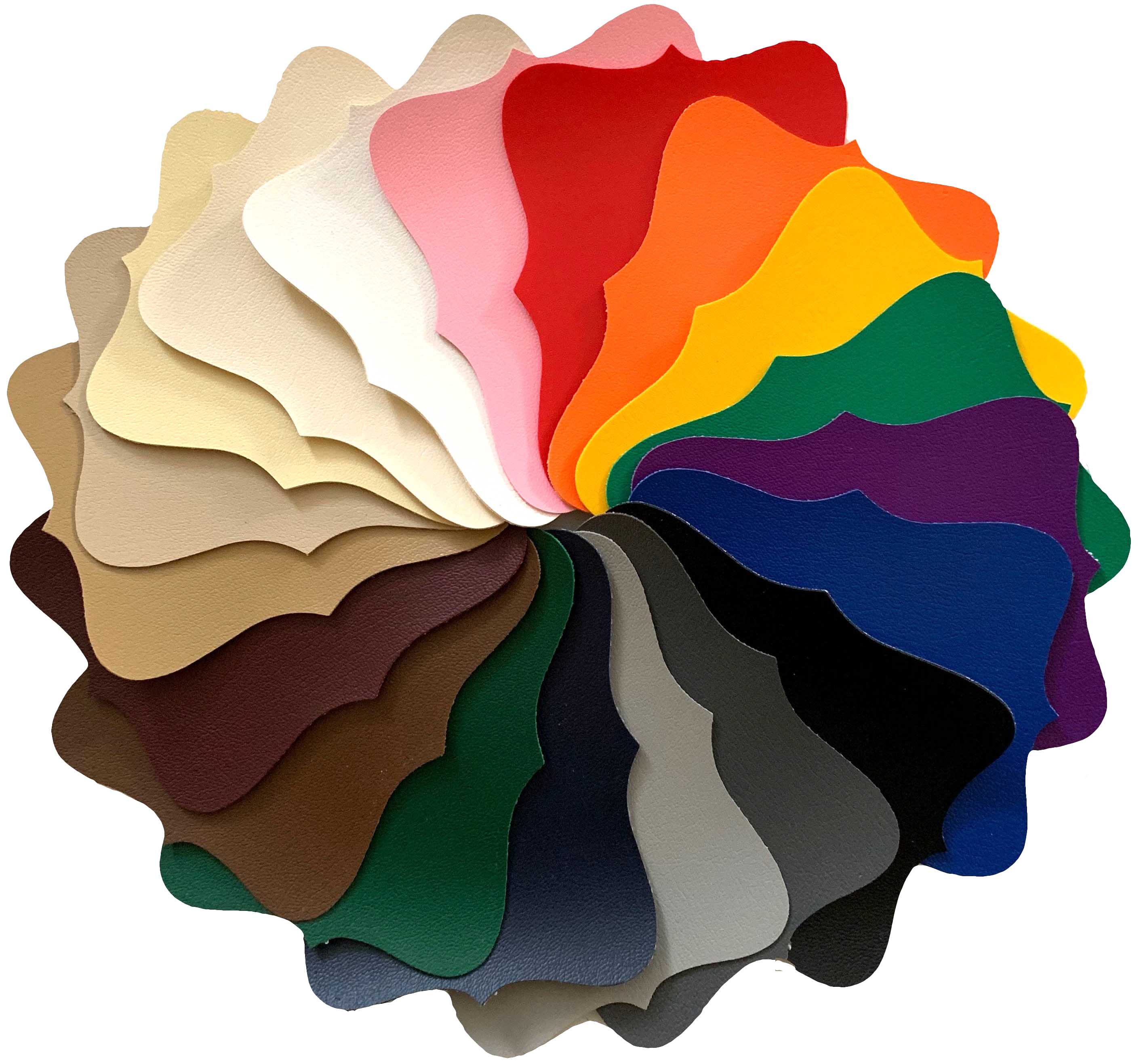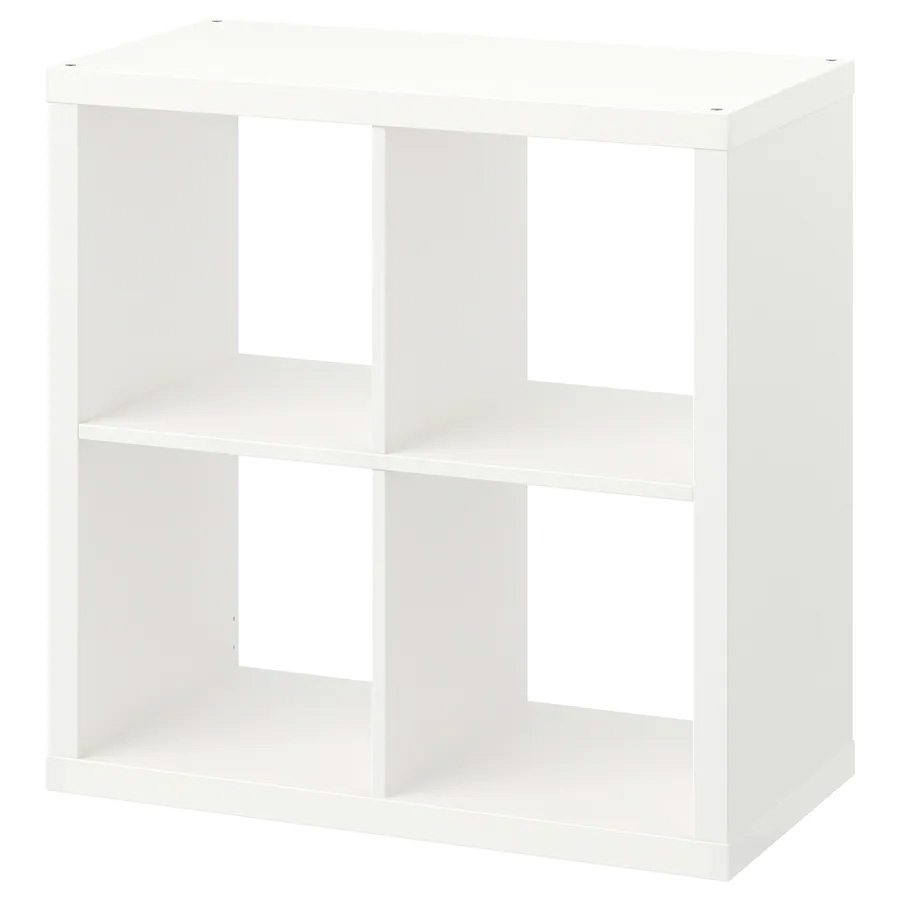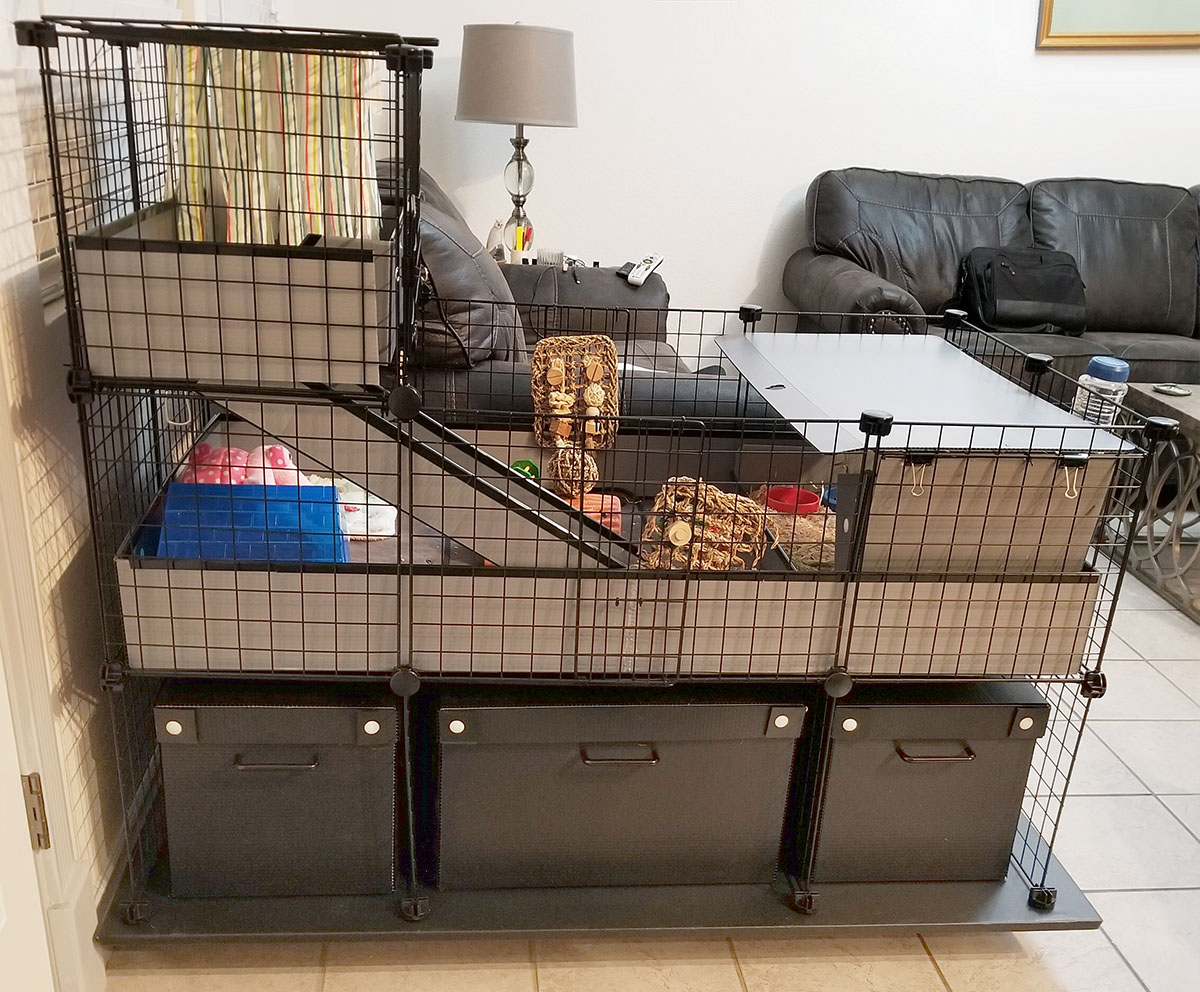Table Tips and Solutions
The grids of C&C cages sit around the perimeter of the Coroplast base. That means they need a flat surface to sit on. Back in the day, when manufacturers said their table was 30" wide, it was! But a slight cutting of corners on mass-produced items puts a lot of money back in their pockets at consumers' expense.
Table Not Wide or Long Enough?
Now, more often than not, those same so-called 30" wide-tables are 29" or 29.5" or 29.75". And that leaves zero room for error on supporting a C&C cage. Not to mention, a LOT of people may have a 24"-wide table or something close but just not the full 30" needed.
Maybe you have a 4-foot table, but need a 5-foot table? Or you have a 5-foot table and need 6.5 feet?
PLEASE DON'T SHORT-CHANGE YOUR GUINEA PIG'S LIVING QUARTERS for lack of the right size table. It's NOT THAT HARD to FIX! It's better to get a base to go over the top of your existing table than to downsize the room that the pigs need. Keep in mind, the bigger the cage, the easier it is to keep clean.
Cover a Too-Small Table with a Support Platform
You can get one created to your exact dimensions pretty inexpensively at larger home improvement stores. Home Depot, Lowes, larger ACE Hardwares, and others will typically make a couple of cuts for you per item for free on their purchased woods.
You can use just about anything that is strong enough. Use your judgement on how much strength you need based on how much overhang needs to be supported.
Wood:
- 1/8" Okay for modest overhangs
- 1/4" Great for most overhangs
- 3/8", 1/2", 5/8" Very strong for virtually any overhang
You can use:
- Plywood
- Pegboard (our favorite, is about 1/4" thick)
- MDF (Medium-Density Fiberboard)
- Particle Board
Cover with ONE BIG PIECE or SECTIONS?
- Sections are easier to get in your car (or even public transport)
- Sections are easier to store or repurpose when no longer needed
- Sections are easier to transport occasionally if needed for travel/vacations.
- Sections of Pegboard can be easily ZIP-TIED together and easily separated later if needed.
- Sections are easier to upsize or downsize or get creative with ("L-shaped")
Best material to use? PEGBOARD!
With pegboard, you can use the holes to cable-tie down the back wall so it doesn't go anywhere. And you can use the holes to zip-tie several pegboard sections together so they don't move. It can be covered with nice, pretty contact paper (easy to clean, waterproof) or a tablecloth or any vinyl or waterproof material. That standard white marble contact paper looks nice with it.
- Inexpensive, but lasts for years
- White top provides a nice clean look
- Easy to transport in SECTIONS -- small car? No problem!
- Easy to zip-tie sections together
- MORE FUNCTIONAL than solid wood
- Can zip-tie GRIDS down to the pegboard so they aren't going anywhere!
- Can repurpose them when no longer needed
- Easy to store the sections away when no longer needed
- Push the little zip-tie nubbins into a peg hole and your Coro will lie flat.
- Good for about 6-10 inches of overhang on each edge.
- Easy to cover with a table cloth, contact paper, vinyl fabric, etc.
- Tip: Just tie down the back wall of grids to the pegboard, allowing you cover the rest with a table cloth.
Beautifying Your Platform
 It can be covered with nice, pretty contact paper (easy to clean, waterproof) or a tablecloth. That fairly common white marble contact paper creates a clean and elegant look.
It can be covered with nice, pretty contact paper (easy to clean, waterproof) or a tablecloth. That fairly common white marble contact paper creates a clean and elegant look.
- Tablecloth
- Contact Paper
- Vinyl Fabric
PEGBOARD Section MATH
Let's assume you are starting with the MOST COMMON, easiest to buy, version of pegboard in 2'x4' sections at Home Depot. You can also buy full 4'x8' sheets if you prefer.
Starting from 24" x 48" sections of pegboard:
Let's assume from 3 to 6 inches of WIGGLE ROOM. Here are our cutting suggestions, although keep in mind if a narrower width of 32" is better for you, that can be used instead of 33" below:
A 2x3 Grid, Small C&C Cage
Needs 30"x44" of table space, so with wiggle room: 33" x 48" (3" width and 4" length of total extra room, adjust if you prefer otherwise):
- 2 panels cut to 33" by 24" each = 33" by (2x24=48")
A 2x3.5 Grid, Medium C&C Cage
Needs 30"x54" of table space, so with wiggle room: 33" x 57" (3" width and 3" length of total extra room, adjust if you prefer otherwise):
- 3 panels cut to 33" by 19" each = 33" by (3x19=57")
A 2x4 Grid, Large C&C Cage
Needs 30"x60" of table space, so with wiggle room of 33" x 63" (3" width and 3" length of total extra room, adjust if you prefer otherwise):
- 3 panels cut to 33" by 21" each = 33" by (3x21=63")
A 2x5 Grids, XL C&C Cage
Needs 30"x76" of table space, so with wiggle room of 33" x 80" (3" width and 4" length of total extra room, adjust if you prefer otherwise):
- 4 panels cut to 33" by 20" each = 33" by (4x20=80")
A 2x6 Grids, Jumbo C&C Cage
Needs 30"x90" of table space, so with wiggle room of 33" x 96" (3" width and 6" length of total extra room, adjust if you prefer otherwise):
- 4 panels cut to 33" by 24" each = 33" by (4x24=96")
A Midwest or Equivalent Cage
The Midwest cage is supposed to be 24"x48" and since the pegboard sections are also 24"x48", you MIGHT be able to get away with ONE section. But, tying down the wires to the board will require some creative zip-tying, since the ties may be a bit under the canvas. Not ideal and doesn't give you any wiggle room, so it depends on your needs and tolerance for lack of perfection.
Needs 24"x48" of table space, so with wiggle room: 27" x 51" (3" width and 3" length of total extra room, adjust if you prefer otherwise):
- 3 panels cut to 27" by 17" each = 27" by (3x17=51")
Other Table Solutions
A currently popular table that will comfortably fit a SMALL C&C cage or longer if more than one table is used is the IKEA LACK table. It is 30.75" x 46.5". It's available in Black, White or light Oak. TWO of them together end-to-end would be 93" which would nicely accommodate our JUMBO cage which needs 30"x90" of table space. Please note this table will NOT fit a Midwest cage which needs a full 48" length.
If you put one at an "L" with the other, it would be 77.25" the long way, which would accommodate our XL cage which needs 30"x76". The remaining L-leg on that configuration would leave 15.75" or just enough for a one-grid length extension if you did a custom bump-out by one grid.
While these tables look nice, keep in mind that full storage of bulkier items like hay, bedding, cleaning supplies and such only have a little over a 7-inch clearance on the shelves. The table-height itself is 17 3/4" or 3 inches taller than a grid cage stand would be.
 Another IKEA possibility
Another IKEA possibility
This cube, shelf unit looks like it will work, although it's pricey - about $35 for every cage grid length, so a 2x5 would need 5 of these for $175! But, sometimes it's about the look. The dimensions of these cubes would give you a bit of wiggle room. They could go in whichever direction is needed for storage: Two and two open facing forward, so 2-deep of shelves. An odd one could go on the end in the other direction.
Make a MOVEABLE DOLLY Platform
A customer-submitted project
Thank you to our wonderful customer Sherry Norris for sending in how she put her cage on a custom dolly so she could roll it around on her hard-surface floor.

The DOLLY
- 5/8 particle board, one piece, cut to size.
The extra thickness is needed to allow casters to be securely screwed into the wood if desired. Home Depot will cut it in the store ifyou do not have access to a saw. Allow a minimum of 2 extra inches. For the medium cage (shown), it was cut to 56 in by 32 in. (A 33" or 34" width would also be good if you have the space.)
- Vinyl Fabric or contact paper
JoAnn fabrics, for example, has wide cut vinyl in various colors ranging from $10 - $36/yard. Add 4 inches MINIMUM to length and width for wrapping and tacking.
- Upholstery tacks for the vinyl, also available at JoAnn Fabrics or such for around $4.
- Pair of DOLLY platforms (one way to do it)
File the corners of the board if needed. Cut any excess material if necessary. Center the board on flattened material. Make sure there are no bubbles, wrinkles, or folds in material before tacking. Tack material. Pay close attention to how you fold the material around the corners. You many need several attempts before tacking and may need extra tacking for the corners.
These dollies that Sherry found on Amazon can be used such that they don't require you to screw the casters into the wood base. The weight of the wood platform and cage is more than enough to keep the dollies in place and provide mobility. This is a nice way to go if you don't have access to a drill or the strength for screwing in traditional casters, but you could use traditional casters found at Home Depot and screw those directly into the wood.
Make sure that all dollies or casters are same height. Position them so that the are nicely centered and distributed across the cage, especially the ends. These dollies were tall enough to allow her Shark IQ Robot to vacuum underneath it.
KEEP IN MIND
The purpose of the moveable platform is to move it around for cleaning and access WITHIN the same room. The cages need 30" of width and platforms need at least 32" or more. Most doorways are only 30" wide, so it's not feasible to move the cages between rooms.